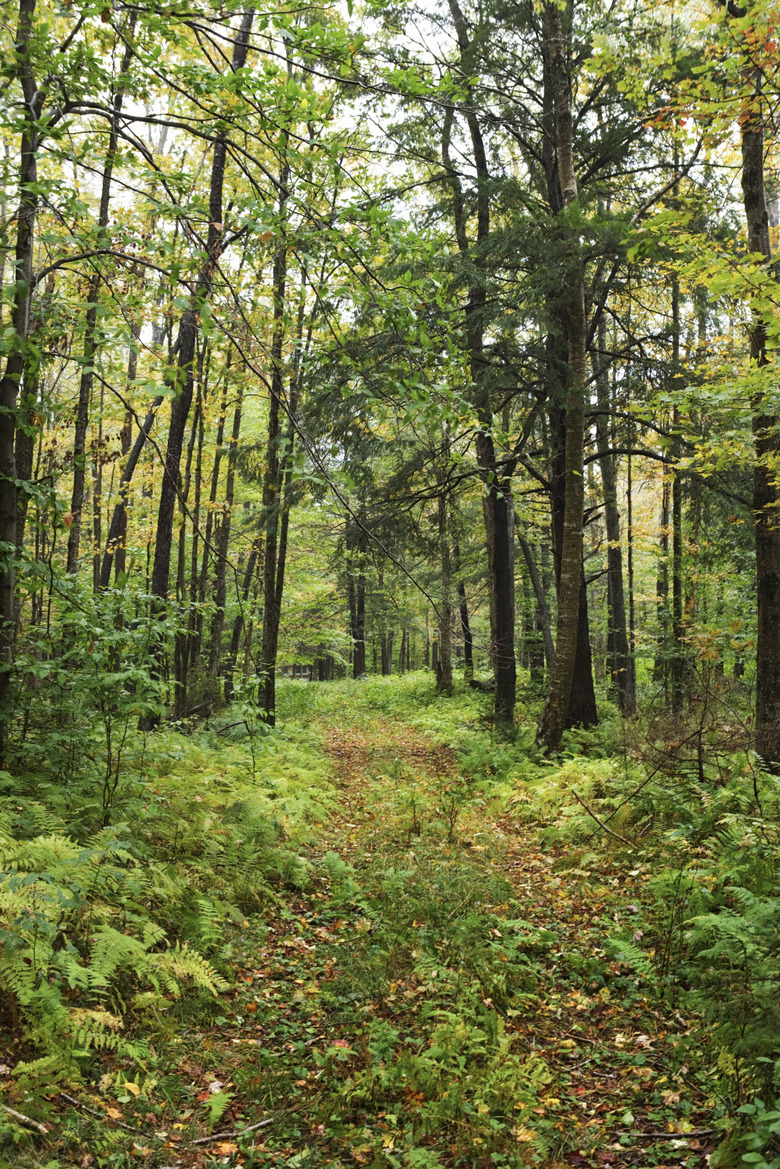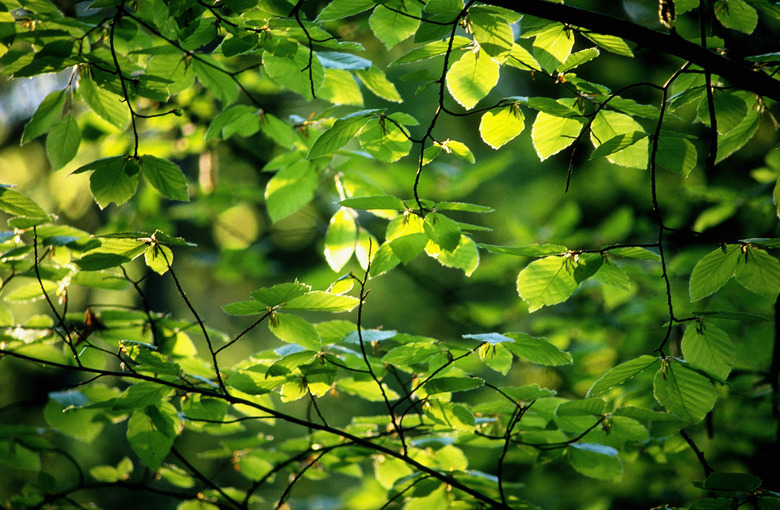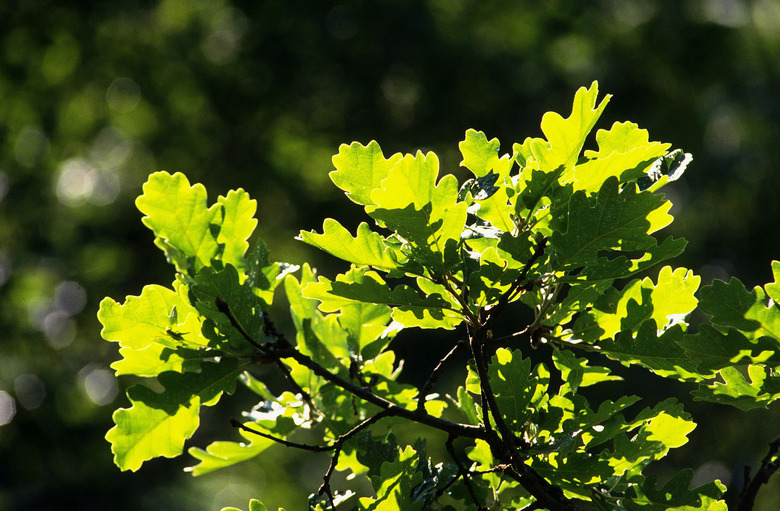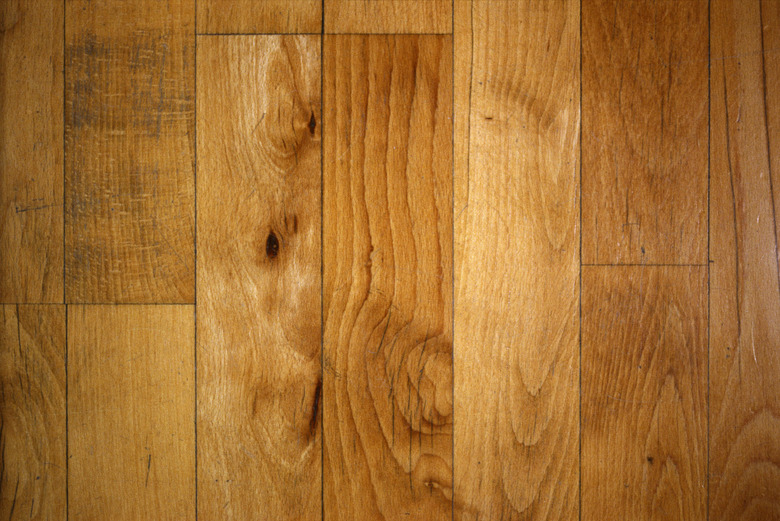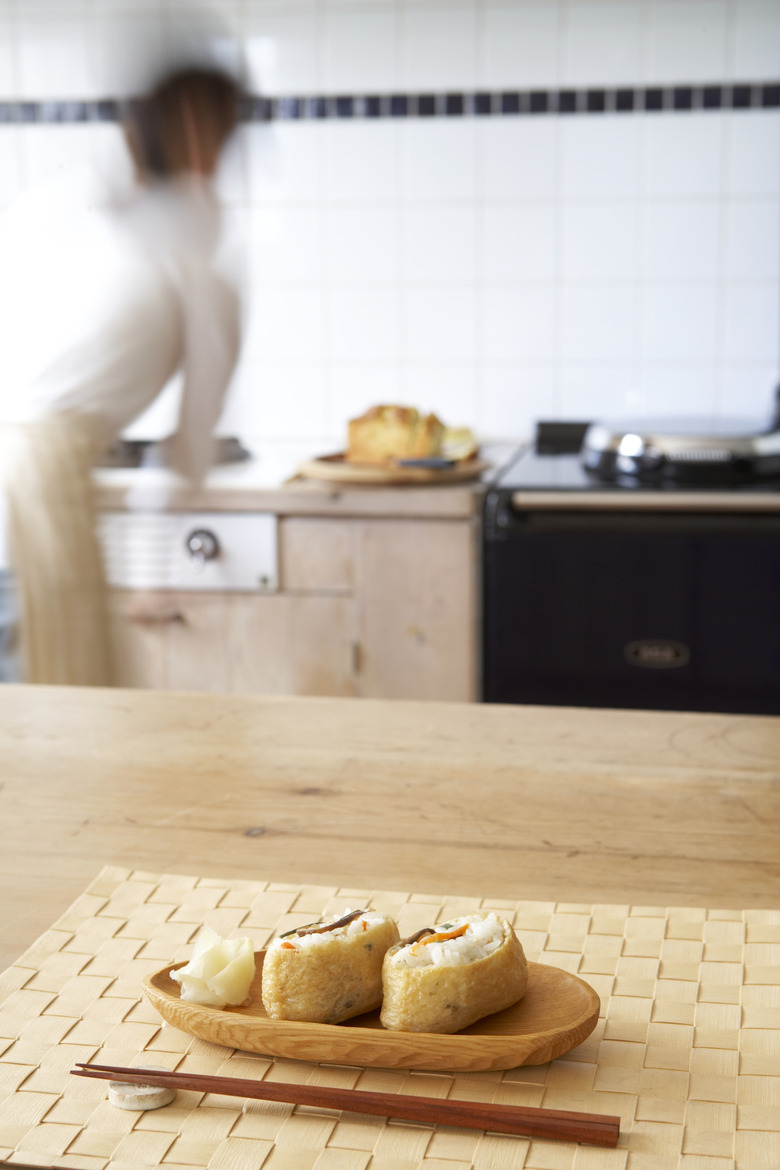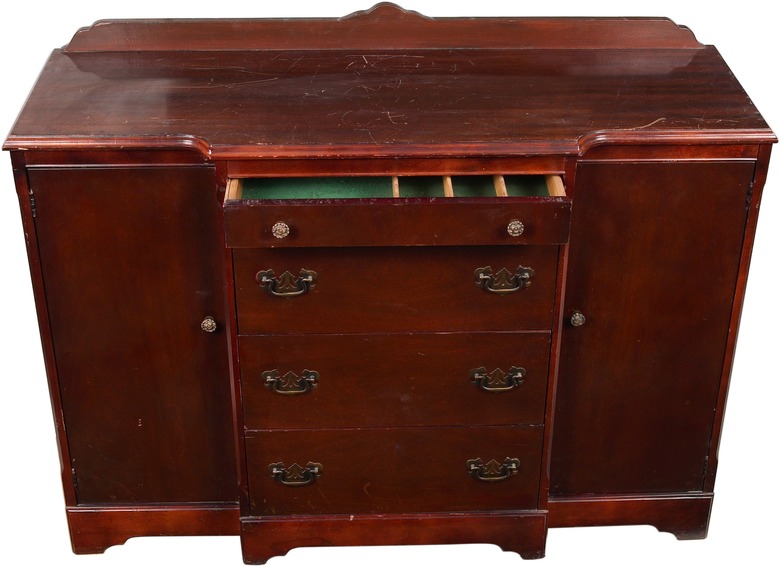Oak Vs. Beech
Different wood species offer different properties, such as hardness, stiffness, texture and appearance. Having a proper understanding of the properties of a specific species can help you determine which woods are best for which uses. Two of the species of hardwood often considered are beech and oak. Knowing how they differ will help you understand which is generally preferable for flooring, countertops and furniture — the three main categories of interior use of wood.
Beech
Beech
Beech is reddish-brown in color, with a fine texture. It is a strong wood, and it is also quite dense, making it fairly heavy. Beech is considered easy to work with hand and power tools, and is found to stain quite easily and nicely.
Oak
Oak
Two types of oak are found and used in North America: the red oak and the white oak.
Red oak has a light tan to pink color with a reddish tinge and is somewhat coarse-textured. Although not quite as hard as beech, it is still a fairly strong wood and is considered a very good steam-bending wood. The density of red oak can vary, and it can have a moderate blunting effect on cutters. It stains well and can be polished to a nice finish.
White oak can vary from a light tan to a pale yellow-brown color, with a pinkish tinge. The texture tends be slightly less coarse than red oak. White oak is even harder than beech. To avoid splitting the wood when using screws or nails, preboring is advised. White oak is very durable and stains well.
Flooring
Flooring
Price, durability and workability are three important factors in choosing wood for flooring. If money is a main concern, red oak tends to be the least expensive of the three woods and is easier to work with. White oak tends to be in the middle in terms of price and is the most durable of the woods, but it can also be harder to work with. Beech usually is the most expensive for flooring, but it offers a nice balance between durability and ease to work with.
Countertops
Countertops
For countertops, the choice is mostly between beech and white oak. Red oak tends to be too porous and too easy to scratch to be a good option. Beech offers the advantages of being gentle on a knife's edge, and the wood does not impart any flavors or odors to the foods it contacts. However, it must be sealed with great care to avoid warping of the wood as a result of humidity. White oak's hardness means its wear resistance is quite good, and it provides good shock absorbence. The high concentration of tannic acid in the wood makes it very water-resistent. The wood can impart some odor and flavor to foods that are in contact with it for extended periods of time.
Furniture
Furniture
Beech is often considered to be less attractive in furniture than other woods, while oak's grain is thought quite attractive. The lower price of beech for use in furniture makes it a preferred choice as secondary wood — that is, wood used to build the areas that are more inconspicuous, such as chair legs, or the back and sides of a drawer. Generally, oak is favored for furniture, though as a result, furniture made of oak can be more expensive.
References
- Advantage Trim & Lumber Co.: Beech Wood
- Advantage Trim & Lumber Co.: Red Oak
- Advantage Trim & Lumber Co.: White Oak
- WoodFloorsOnline.com: Beech Wood Flooring : Beech – A Domestic Hardwood Flooring Species
- WoodFloorsOnline.com: Red Oak Wood Floors: Red Oak A Domestic Hardwood Flooring Species
- WoodFloorsOnline.com: White Oak Wood Floors – White Oak A Hardwood Floor Species
- LAFOR Hardwood Countertops: White Oak – Wood Species
- LAFOR Hardwood Countertops: European Beech – Wood Species
